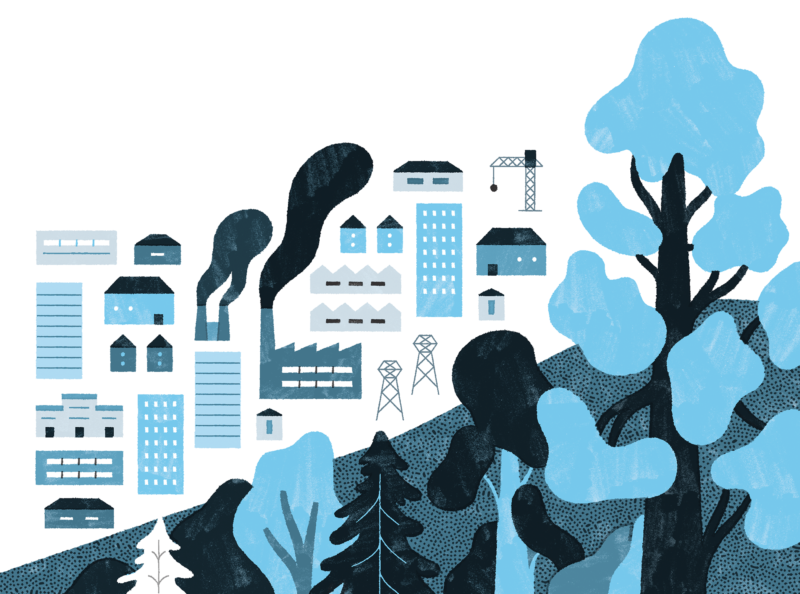Last November I drove to a private grove in the southern Sierra Nevada to meet the Archangel Ancient Tree Archive, a band of renegade foresters working to clone and move the big trees north, out of their native range, to cooler and wetter climates. I was skeptical of this, because I had spent the last few years very invested in California’s native-plant movement, which holds that genetics is tied to place for a reason, and that human meddling in natural processes like species migration often leads to disaster. But I decided to join Archangel anyway, just outside the Sequoia National Forest, where some of the world’s top tree climbers would be hoisting volunteers hundreds of feet up a sequoia. This was the fun part. The work involved taking cuttings and green plant tissue to grow into clones, before planting them in places like Eugene, Oregon—almost six hundred miles north—where Archangel had resettled two thousand sequoia seedlings earlier in the month.
Few scientists would agree with their approach—human-assisted migration is an idea that goes more or less directly against decades’ worth of environmentalist thinking in the US, which has generally held a preservationist ideal that would see plants and animals living how and where they did before 1492. “Assisted colonization is tantamount to ecological roulette,” the prominent ecologists Anthony Ricciardi and Daniel Simberloff wrote in Trends in Ecology and Evolution, in 2009, “and should probably be rejected as a sound conservation strategy by the precautionary principle.”
Yet the idea has persisted, and gained new currency as the threats of climate change become clearer. Activists called the Torreya Guardians, for example, are working to save the Florida torreya—one of the most critically endangered conifers in the world—by planting it far outside of its tiny north Florida range, where the tree has been afflicted by a mysterious fungal blight. The US Forest Service’s recovery plan for the tree is restricted to its native but damaged habitat.
I came to Camp Nelson, about thirty miles from Fresno up Highway 190 and the Tule Canyon, to visit a so-called “lost grove,” away from the tourists who beat the paths in the more famous stands. I found a cross between a throwback botanical expedition and a religious camp revival, with children hugging gigantic trees, some adults whispering as though they were in a temple, and others talking in almost alchemical language about the habits of flora. “See all this dust,” an old man said as I got out of the car. “The trees eat rock dust.”

It was the first time I’d seen a sequoia on private land. The US Forest Service, which manages 80 percent of the West’s forestlands,...
You have reached your article limit
Sign up for a digital subscription and continue reading all new issues, plus our entire archives, for just $1.50/month.
Already a subscriber? Sign in




